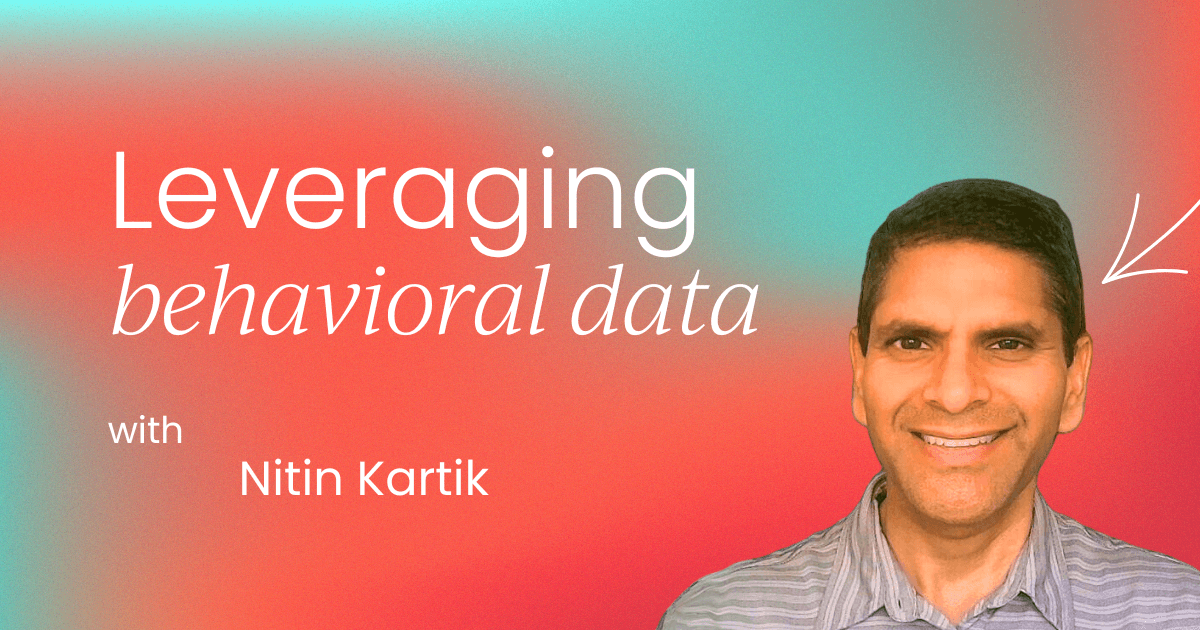In product marketing, a single strategy can often make or break the success of a campaign.
I've seen firsthand how crucial it is to not just focus on customer acquisition but to truly understand what drives long-term retention – especially when working with subscription-based models.
A few years ago, I was leading the product marketing efforts for a subscription service that offered a compelling free trial.
On the surface, everything looked great – acquisitions were through the roof, new users were signing up at an impressive rate, and our marketing team was hitting its goals.
But there was a glaring issue beneath the surface: customer retention was abysmal. Far too many users who took advantage of the free trial failed to convert to paying customers.
This was not just a marketing failure – it was a business failure. As anyone in subscription-based models knows, acquisition alone cannot sustain a company; retention is key.
We were attracting customers, but something was missing. Digging into behavioral data revealed the root of the problem.
Understanding behavioral data: Beyond surface-level metrics
When analyzing the situation, I turned to behavioral data to uncover why we were losing so many users. A common mistake many businesses make is to rely solely on acquisition and engagement metrics.
Yes, users were engaging with our product during the trial period, but it was crucial to ask deeper questions: What behaviors were leading to conversion? Why were some customers failing to upgrade after their trial expired? And most importantly, who were our ideal customers?
We realized that our marketing campaigns were indeed reaching an audience that loved our product – but "loving" wasn't enough. The truth lay in two key behavioral conditions that had to be met for long-term retention:
- Customers who loved our product.
- Customers who were willing to pay for our product.
These two criteria seem obvious, but it was only by digging into the behavioral data that I realized we were successfully attracting customers who fit the first description but failing at the second.
Trial vs. purchase intent: Finding the disconnect
The free trial model is alluring, particularly in the SaaS and subscription worlds, but it comes with a flaw. It attracts curious customers who want to experience the product but may not have a genuine intent to pay for it later. Many of the users signing up for our free trial were dabbling without any commitment to purchase.
In marketing, we often talk about the ICP (Ideal Customer Profile), but understanding who fits that profile goes beyond demographics or general interest in the product. Behaviorally, we needed customers who loved the product enough to see value in paying for it.
The solution? Change the offering. By reworking the trial model from a free trial to a deeply discounted trial, we could filter out customers who had no intention of paying. At first glance, this may seem like a risk – after all, a free trial often brings in more sign-ups. But the quality of those sign-ups is what truly mattered.
The power of the discounted trial
Switching to a discounted trial gave us a new angle. It still allowed potential customers to experience the product at a minimal cost, but it also acted as a litmus test for purchase intent.
By introducing a small financial commitment upfront, we were able to draw in a more qualified audience – those who saw enough value in the product to pay a reduced price were much more likely to become long-term customers.
This move did wonders. Not only did we reduce churn from trial users who were just there for the "free ride," but we also saw a 31% improvement in customer retention rates. The key here was behavioral data.
By understanding how our ideal customers engaged with the product, what features they valued, and what price points they were willing to pay, we tailored our marketing campaigns to resonate with those behaviors.
Crafting campaigns that speak to both emotion and logic
In subscription-based marketing, it's easy to fall into the trap of focusing on emotional appeals. After all, the goal is to make customers love your product. But behavioral data teaches us that love isn't enough – you need a blend of emotional and rational messaging to win over customers who are both passionate and willing to invest.
We pivoted our messaging to reflect this understanding. Our marketing efforts highlighted the product's benefits and what made it stand out in the market, but we also emphasized the long-term value of the subscription.
Instead of focusing solely on features or surface-level experiences, we connected with customers' rational desires to make a smart investment. The data-driven insights allowed us to adjust our storytelling, framing the product not just as something worth trying, but as something worth paying for.
Aligning customer behavior with business goals
While the marketing changes drove improved retention, the broader takeaway was how much stronger the alignment between our product, messaging, and target customers became. This was not just a win for the marketing team – it was a win for the entire business.
Every successful campaign has to marry customer behavior with business goals. Understanding the psychology and actions of your customers is paramount in creating marketing campaigns that speak to their desires, while also benefiting your business’s bottom line.
The success I experienced in improving customer retention didn't happen by chance. It happened by deeply understanding our customers through data and making strategic decisions that aligned with their behavior. This approach didn’t just improve retention – it transformed how we thought about our marketing, from acquisition to long-term customer loyalty.
My learnings as a product marketer
Throughout my career, whether at Amazon's Audible, SiriusXM, or other great organizations, I’ve witnessed how leveraging behavioral data can redefine marketing strategy.
The experience I had at the subscription service business became a blueprint for future campaigns. It taught me that data, when interpreted correctly, could change the way you engage with customers and structure your offerings.
In today’s landscape, it's more critical than ever to avoid a one-size-fits-all approach. Customers are unique in their needs and behaviors, and the most successful product marketers are those who can adapt campaigns to meet these evolving trends. The blend of behavioral analysis with strong storytelling and strategic offers is what ultimately drives results.
In the end, understanding your customers on a deeper level – what they love and what they’re willing to pay for – can transform your marketing efforts and elevate your business to new heights.


















 Follow us on LinkedIn
Follow us on LinkedIn



.svg?v=d4ba8e68cb)